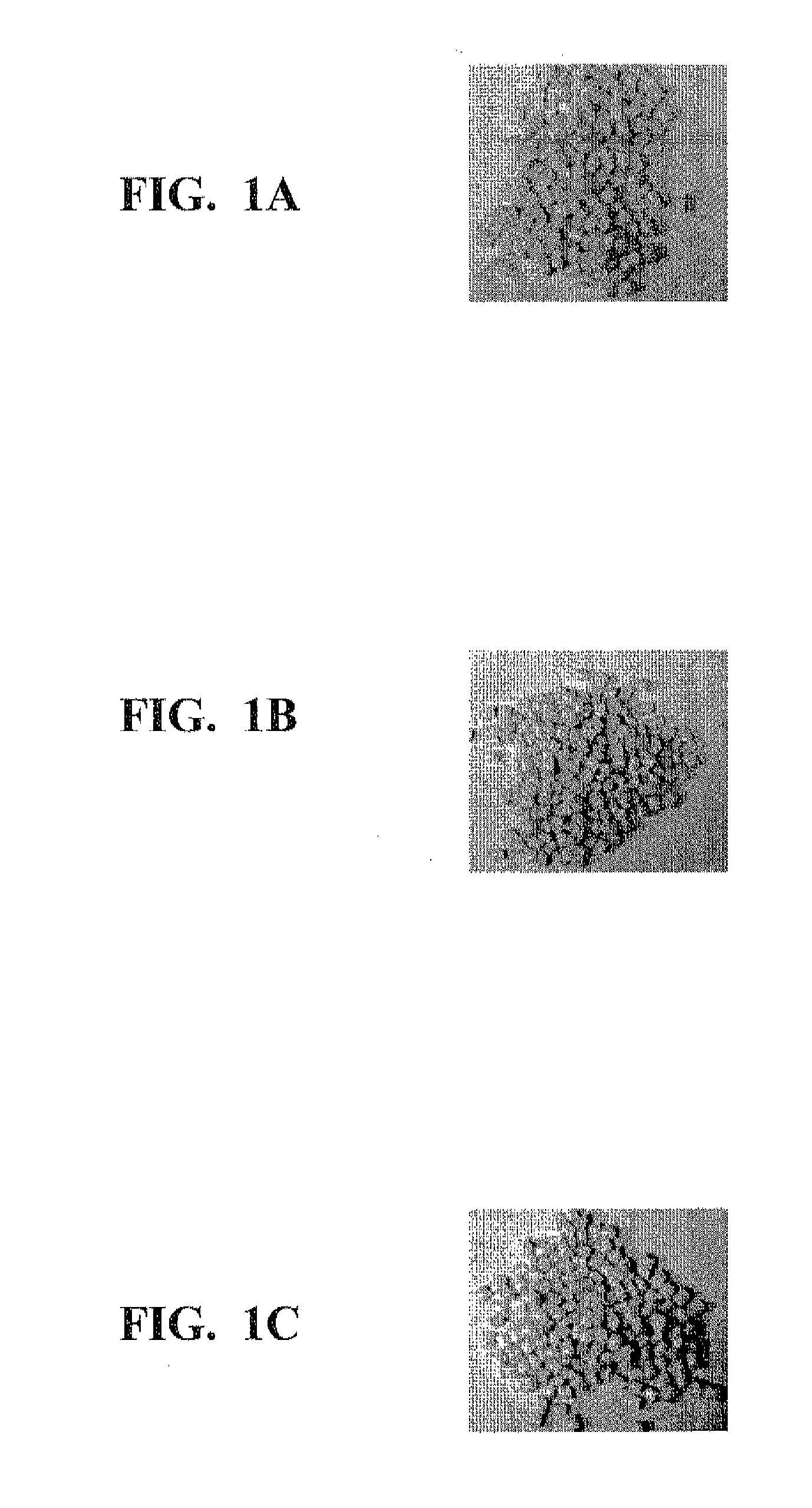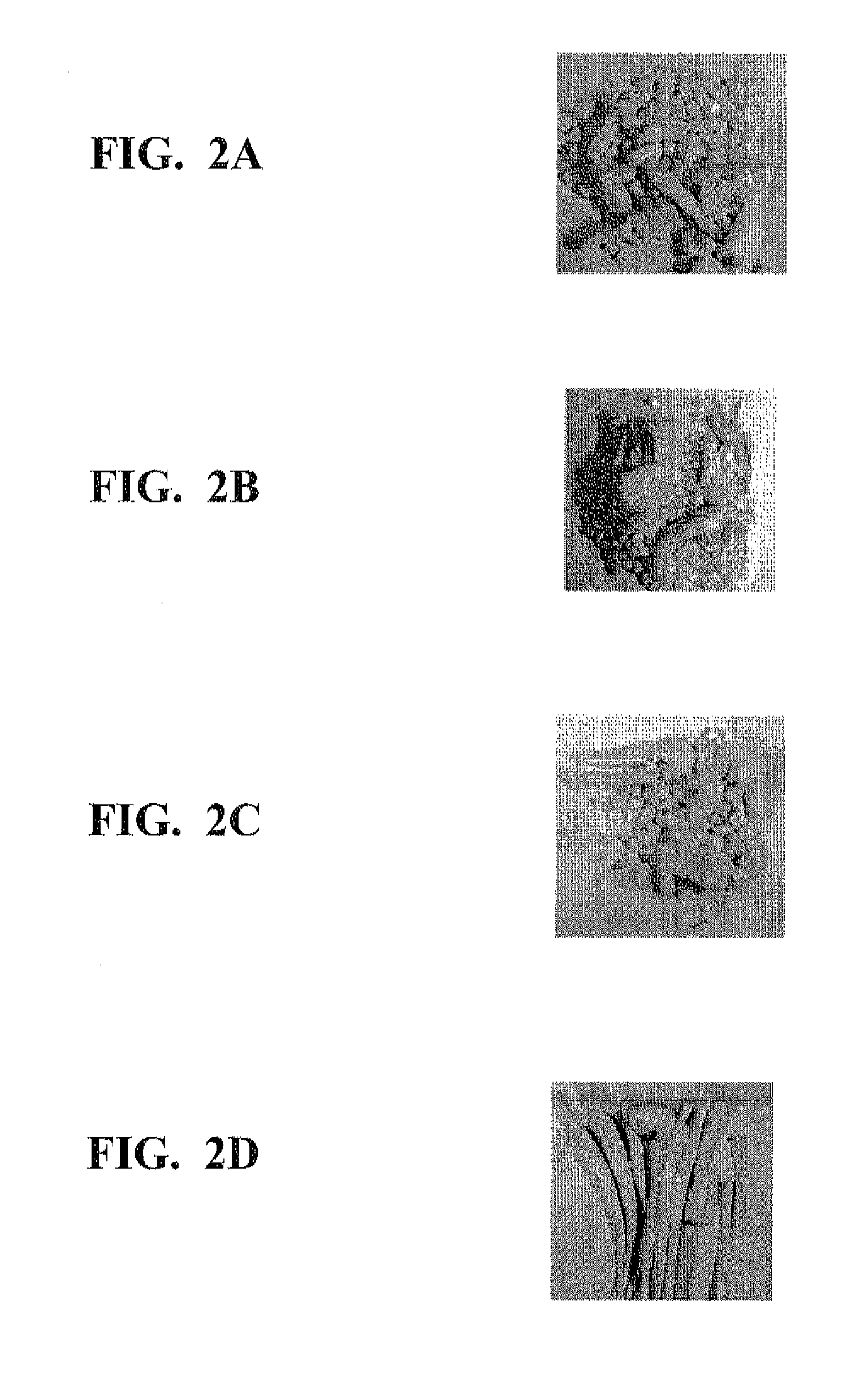Brush filaments prepared from a polytrimethylene terephthalate composition and brushes comprising the same
a polytrimethylene terephthalate and composition technology, applied in the direction of brushes, bristles, domestic applications, etc., can solve the problems of high hygroscopicity of polyamide, significant change in inherent size, physical properties and flexural recovery of polyamid
- Summary
- Abstract
- Description
- Claims
- Application Information
AI Technical Summary
Benefits of technology
Problems solved by technology
Method used
Image
Examples
examples
[0083]The present invention is further illustrated with the following examples; but the scope of the invention is not limited by these particular examples contained herein. Unless otherwise stated, all ratios and percents are based on weight.
[0084]The materials used in the examples are:
[0085]PTT: a polytrimethylene terephthalate resin, produced by DuPont USA and marketed as Sorona®, and having an intrinsic viscosity of 0.96 dl / g;
[0086]PBT: a polybutylene terephthalate resin, produced by DuPont USA and marketed as Crastin®6130;
[0087]Copolyether ester-1: a copolyether ester resin, produced by DuPont USA and marketed as Hytrel®6356, and having a Shore Hardness of 63, measured according to ISO868;
[0088]Copolyether ester-2: a copolyether ester resin, produced by DuPont USA and marketed as Hytrel®4056, and having a Shore Hardness of 40, measured according to ISO868;
PUM
| Property | Measurement | Unit |
|---|---|---|
| Shore Hardness | aaaaa | aaaaa |
| elongation at break | aaaaa | aaaaa |
| flexural modulus | aaaaa | aaaaa |
Abstract
Description
Claims
Application Information
 Login to View More
Login to View More - R&D
- Intellectual Property
- Life Sciences
- Materials
- Tech Scout
- Unparalleled Data Quality
- Higher Quality Content
- 60% Fewer Hallucinations
Browse by: Latest US Patents, China's latest patents, Technical Efficacy Thesaurus, Application Domain, Technology Topic, Popular Technical Reports.
© 2025 PatSnap. All rights reserved.Legal|Privacy policy|Modern Slavery Act Transparency Statement|Sitemap|About US| Contact US: help@patsnap.com



